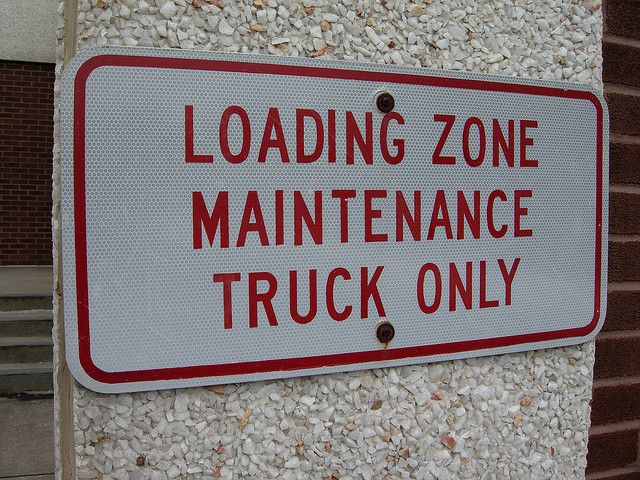
About six months ago I got a call asking to accept a position at FreightPros. I was ecstatic to not only get my first “big girl” job out of college, but also to learn about this industry – one that’s been around for a while and will continue to develop and thrive for years. My first day I was trying to soak it all in; looking over all the different terminology and processes, thinking to myself, “How could every item from toilet paper to engines to candy bars have a number or class to label it?”
Nevertheless, I was starting to grasp the concept of LTL shipping and now, six months in, can speak confidently about all that I have learned.
But one inquiry kept me curious: What do the carrier terminals actually look like? Is it simply freight mayhem? How do they know how to load the truck going to different locations? Is it anything like Tetris? I wanted to see for myself.
I called one of our carrier terminals by our office, spoke with the terminal manager, and I asked if I could take a group of co-workers to check out their terminal. He said he would be happy to give us a tour.
A few of us arrived, one rainy morning, to the Southeastern terminal right outside of Austin. We were welcomed warmly with refreshments and smiles. After an overview of the company, we got to witness the excitement of the dock. They were almost finished with loading the freight as the trucks need to go out by 9:00 AM for deliveries.
We got to step inside one of the trailers loaded with freight, and looked over how they organize the shipments (it’s nothing like Tetris…). They showed us the routes for different trucks, and how they plan the day for the drivers’ deliveries and pickups. We even got to see the dispatcher schedule a pick up over the phone.
The field trip to Southeastern’s terminal was informative, especially for us that work in the freight industry. However, there are a couple tips that can be good for anyone shipping freight; straight from the mouth of the carriers themselves. One issue they come across frequently is when the shipper is lacking the paperwork needed at pickup.
If you are on the shipping end, please make sure the bill of lading is present. Another helpful tip? Label your freight. They have your freight in their system once the BOL is given, but to avoid any kind of future issues, physically labeling your shipment with the destination address is always helpful.
LTL shipping can be complicated, but it’s nice to put your trust with a company that knows the in’s and out’s of the industry. Speaking to someone like myself who’s newer to the industry, or a team member that’s been here for years, you should feel confident that we will have the answers to your questions.
It’s these types of field trips to terminals that make the team members here true “FreightPros,” and we’re proud of such a hands-on approach.